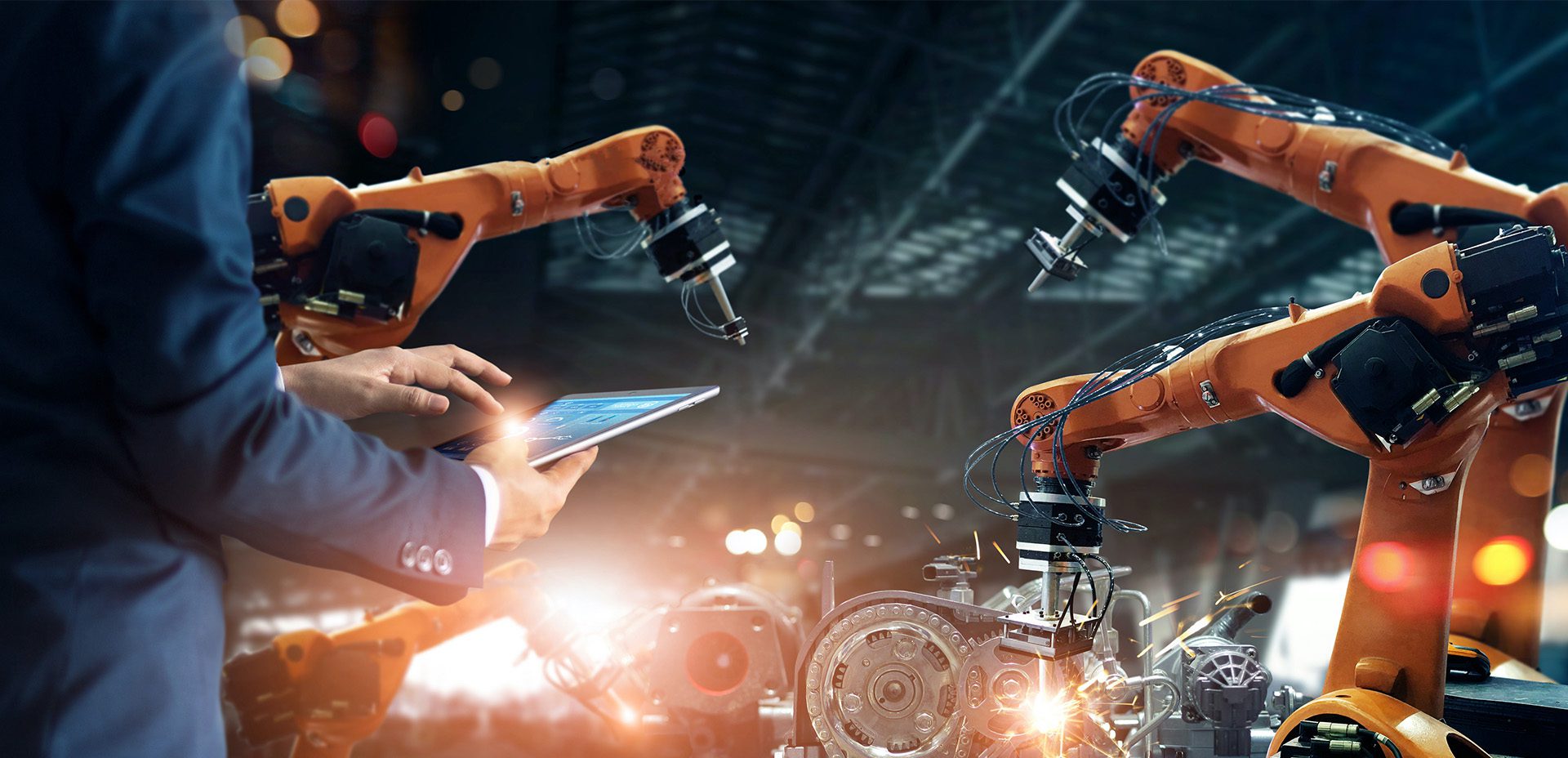In the ever-evolving landscape of modern industry, technological advancements continue to reshape the way we work, produce, and innovate. At the forefront of this transformation lies industrial automation technology—a revolution that has redefined efficiency, productivity, and safety across a myriad of sectors. In this blog post, we’ll explore the intricate world of industrial automation, examining its key components, applications, benefits, and future prospects.
1. Understanding Industrial Automation:
Industrial automation refers to the use of control systems, robotics, and other advanced technologies to streamline and optimize industrial processes. By replacing manual labor with automated solutions, businesses can achieve higher levels of precision, consistency, and speed in their operations. Key components of industrial automation include:
- Programmable Logic Controllers (PLCs)
- Supervisory Control and Data Acquisition (SCADA) systems
- Human-Machine Interface (HMI) devices
- Robotics and robotic arms
- Sensors and actuators
- Industrial Internet of Things (IIoT) connectivity
2. Applications Across Industries:
Industrial automation technology finds applications across a wide range of industries, including manufacturing, automotive, aerospace, pharmaceuticals, food and beverage, and logistics. Some common applications include:
- Assembly line automation: Robotics and automated machinery streamline the assembly process, reducing cycle times and improving product quality.
- Quality control: Sensors and vision systems detect defects and anomalies in real-time, ensuring that only products meeting strict quality standards are shipped.
- Material handling and logistics: Automated guided vehicles (AGVs) and robotic arms automate the movement of materials and goods within warehouses and distribution centers, enhancing efficiency and reducing costs.
- Process automation: SCADA systems monitor and control industrial processes such as chemical production, water treatment, and power generation, optimizing performance and minimizing downtime.
3. Benefits of Industrial Automation:
The adoption of industrial automation technology offers a multitude of benefits for businesses, including:
- Increased productivity and efficiency: Automation accelerates production cycles, reduces lead times, and minimizes errors, leading to higher output and lower operational costs.
- Improved safety: By removing workers from hazardous environments and automating high-risk tasks, automation helps reduce workplace accidents and injuries.
- Enhanced quality control: Automation systems can perform precise and consistent quality checks, ensuring that products meet stringent quality standards.
- Greater flexibility and scalability: Automation solutions can be easily reconfigured and scaled to accommodate changes in production volumes and requirements.
4. Future Trends and Outlook:
Looking ahead, the future of industrial automation promises continued innovation and expansion. Key trends shaping the industry include:
- Advancements in artificial intelligence (AI) and machine learning: AI-powered automation systems will enable predictive maintenance, adaptive control, and autonomous decision-making.
- Integration of IIoT and big data analytics: The proliferation of interconnected devices and sensors will provide real-time insights into industrial processes, enabling proactive optimization and predictive analytics.
- Growth of collaborative robotics: Collaborative robots, or cobots, will work alongside human operators, enhancing productivity and flexibility while ensuring safe human-robot interactions.
- Emphasis on sustainability and eco-efficiency: Automation technologies will play a crucial role in reducing energy consumption, minimizing waste, and optimizing resource utilization across industrial operations.
Conclusion:
Industrial automation technology represents a paradigm shift in the way we approach manufacturing, production, and process control. By harnessing the power of automation, businesses can unlock new levels of efficiency, productivity, and innovation, driving sustainable growth and competitiveness in the global marketplace. As we continue to push the boundaries of technological innovation, the future of industrial automation holds immense promise for shaping a more connected, intelligent, and efficient world.
